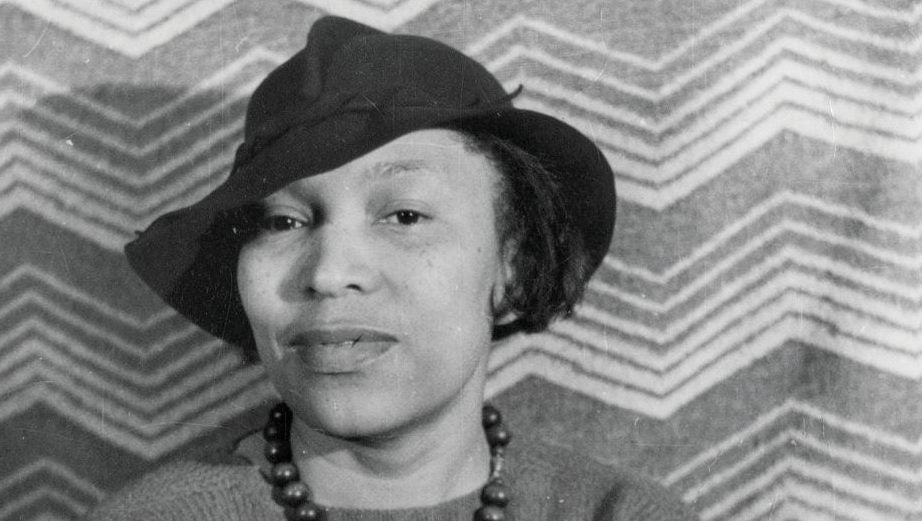Zora Neale Hurston’s study of racial dehumanization is 87 years late but still timely
The 1937 novel Their Eyes Were Watching God is a staple of US classrooms and has cemented Zora Neale Hurston as a seminal writer of American fiction. But her newly published book, released for the first time 87 years after it was written, will shed new light on the author as a historical chronicler.


The 1937 novel Their Eyes Were Watching God is a staple of US classrooms and has cemented Zora Neale Hurston as a seminal writer of American fiction. But her newly published book, released for the first time 87 years after it was written, will shed new light on the author as a historical chronicler.
Barracoon, completed by Hurston in 1931, is a work of anthropology, not fiction. It is the account of Cudjo Lewis, the last survivor of the last known slave ship from Africa, which landed illegally in the US in 1860. Hurston could not find a publisher for the book—much of which is in Lewis’s own voice—so she put it aside. Though her fiction was later revered and studied, Hurston never saw success as an author in her lifetime, and died in obscurity. Barracoon will be released by Amistad, an imprint of HarperCollins, on May 8.
Lewis was born Oluale Kossola. He was captured as a teen from his home in what we now know as Benin and enslaved in the US for five years. He couldn’t afford to return home, so he stayed in Alabama after he was freed by the emancipation proclamation, going on to outlive his wife and six children. Lewis’s story spread among researchers and the media.
Hurston interviewed and filmed Lewis in 1927 while studying under anthropologist Franz Boas at New York City’s Barnard College (where Hurston was the first African-American graduate). Here’s a clip of her footage, with audio of Hurston herself singing folk songs she learned in her research:
The new publication comes at a time of stark division in contemporary American life. On the one hand, cultural institutions are turning new attention to the realities of slavery and on slaves’ individual lives. Consider, for example, Colson Whitehead’s novel The Underground Railroad, Steve McQueen’s film 12 Years a Slave, and the newly opened Legacy Museum in Montgomery, Alabama.
At the same time, white supremacy in the US is increasingly visible. Hundreds of people marched in the name of white nationalism in Charlottesville, Virginia last year. And just two weeks ago in Atlanta, Georgia, a few dozen people gathered to rally, brandishing torches and Nazi salutes.
Lois Hurston Gaston, a grand niece of Hurston, told the New York Times that the book still feels relevant today. “Racial issues have not gone away in our country, and we felt that this was an opportune time to publish Barracoon,” she said. “It’s an important time in our cultural history, and here we have the story of Cudjo Lewis to remind us of what happens when we lose sight of our humanity.”